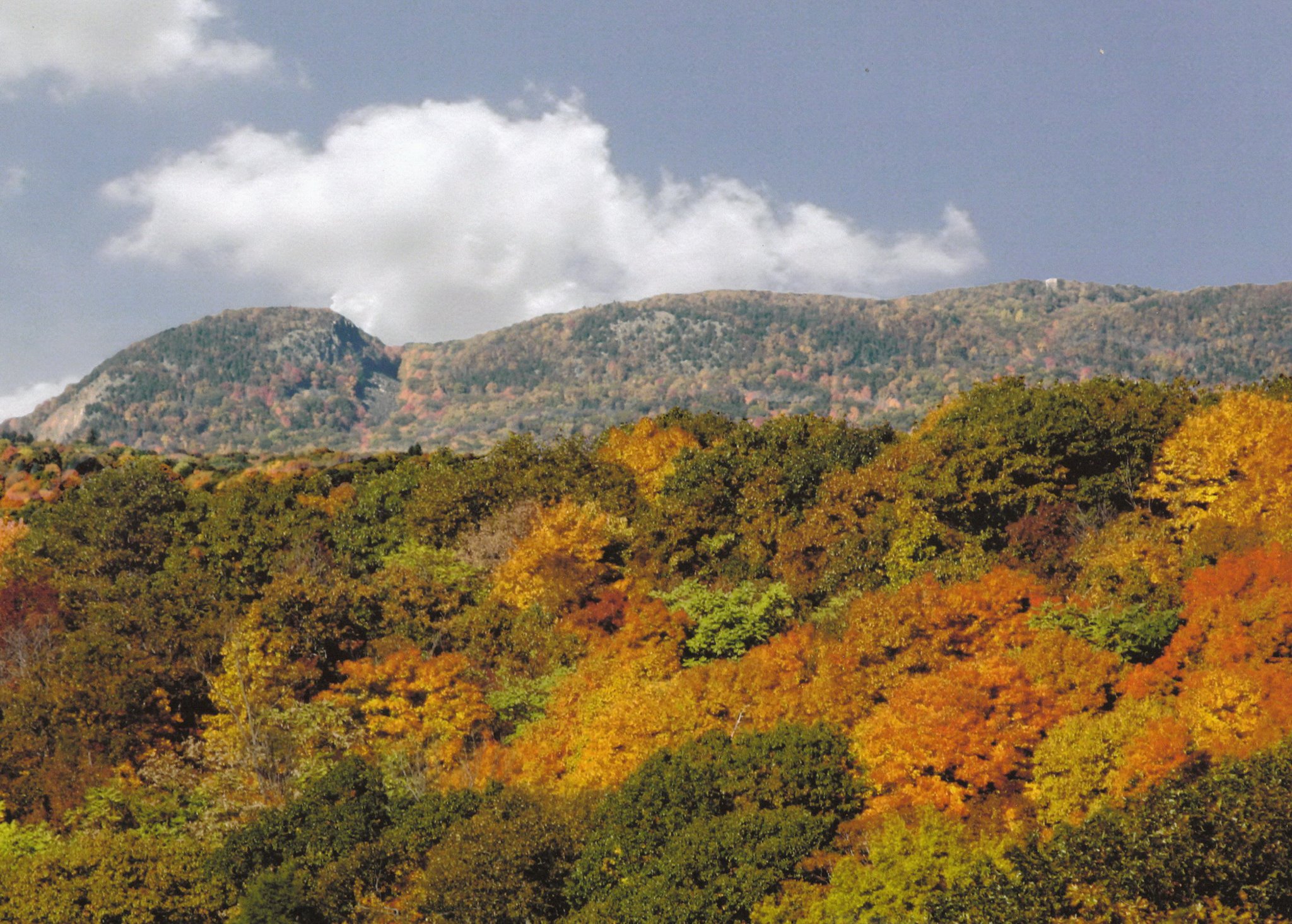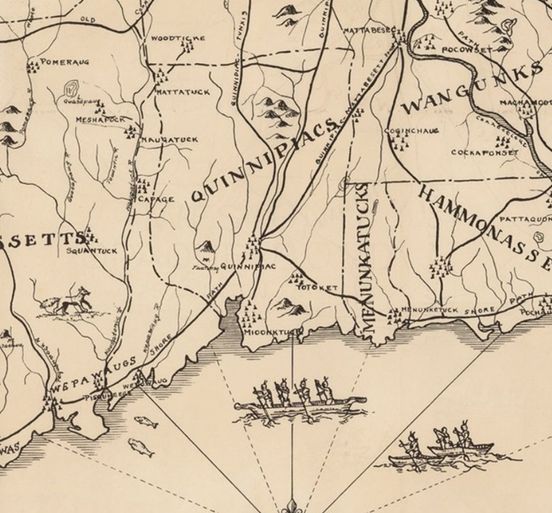The Legend of Hobbomock
Long Before…
…the footprints of English colonists touched the shores of Connecticut in 1638, the Sleeping Giant held a place of reverence and mystique. Its silhouette, a reclining figure against the horizon, was more than just a natural formation; it was a symbol of ancient tales and beliefs.
The land surrounding the Sleeping Giant was frequented by the Quinnipiac people, indigenous inhabitants whose presence in the region spanned centuries. Their connection to the land was profound, as evidenced by the artifacts unearthed by WPA workers during the construction of the Tower Path between 1935 and 1938. These artifacts, ranging from tools to ceremonial items, bore testament to the Quinnipiac’s deep-rooted bond with the landscape.
For the Quinnipiac, the Sleeping Giant was not just a geographical landmark but a spiritual entity. They revered the Giant as a manifestation of the powerful spirit, Hobbomock. According to Quinnipiac legend, Hobbomock was a formidable spirit who, feeling slighted by the lack of reverence from the people, unleashed his wrath upon the land. In his anger, he stamped his foot, changing the course of the Connecticut River and creating challenges for the people living there. However, the tale doesn’t end in chaos. Kiehtan, another spirit known for his benevolence, intervened. To prevent further upheaval, Kiehtan cast a spell on Hobbomock, putting him into a deep slumber. This eternal rest transformed Hobbomock into the iconic Sleeping Giant, a guardian watching over the land in silent repose.
As the Years Passed…
…and the landscape evolved, the legend of Hobbomock remained ingrained in local folklore. During the 1920s and 1930s, as the Sleeping Giant Park Association (SGPA) fought legal battles to halt quarrying operations on the Giant’s head, supporters invoked the legend as a cautionary tale. They believed that disturbing Hobbomock’s rest would awaken his wrath, bringing misfortune upon the local community.
The legend of Hobbomock serves as a poignant reminder of the deep spiritual connection between the land and its original inhabitants. It underscores the importance of respecting and preserving not just the physical landscape but also the rich tapestry of stories and beliefs that define a place.


